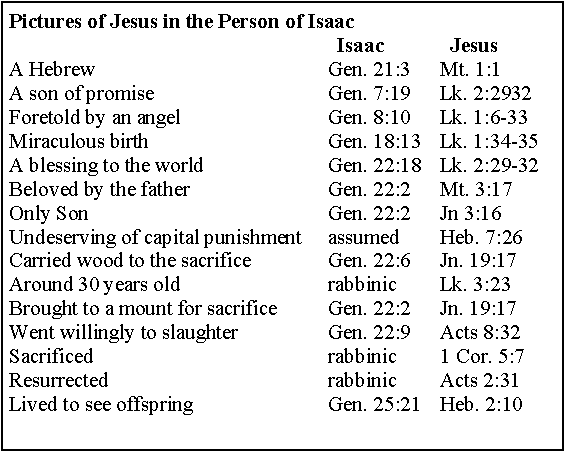The Call of the Shofar
Glancing toward the sky, first one star can be seen, then two. “Any moment now,” you say to yourself. As soon as the third star is witnessed, the air fills with the sounds of the ram’s horns as the trumpet blasts from the Temple Mount reverberate in the surrounding mountains, falling back on itself in ripples of splendorous waves of multi-tonal sounds. A new day has been declared in Israel.
This is but one picture which if time permitted, we could explore in greater detail of many represented by the ram’s horn. The shofar had a daily commonalty not unlike the noon-day bell in hamlets all around the world. But it also held a place of honor as it signified beginnings, and endings. It summoned men to war. It called the people to assembly to hear the very words of God. It announced the celebratory feast days, Rosh Hashanah, Yom Kippur, Sukkot, and the New Moon, among others. Before we examine each of these roles, let’s take a look at what the shofar has come to symbolized to Jewish men and women in synagogues around the world.
The Akedah
The “Akedah” is a Hebrew term literally translated as “the binding.” For the observant Jew and now for you it brings to mind the binding of Abraham’s son, Isaac. The shofar has become the earthly symbol of Isaac’s ordeal, and when one hears the ram’s horn, he is to remember that “God will provide a lamb.”[3] These are words that should resonate within every believer, as Abraham’s words became the fulfilled proclamation of the most blessed man ever born to woman John, son of Zechariah: “The next day John saw Jesus coming toward him, and said, ‘Behold! The Lamb of God who takes away the sin of the world!'”[4]
But for many the shofar’s relevance in the Akedah is deeper still. In the binding of Isaac, we find many characteristics of the Messiah of Israel. In the chart below, borrowed from the study booklet The Holidays of God: Fall Feasts,[5] we find many Messianic parallels between Isaac and Jesus.

I am sure that if you and I were to pour over the texts, we could find even more parallels than the 15 listed above. But likely, at least two of the comparisons in our chart jumped out at you as new. If you are a born-again, Bible-believing Christian, accepting the accuracy and infallibility of the Word, the concept that Isaac was sacrificed and resurrected comes as a total surprise! Where does it say that in Scripture?
In truth, the Bible does not teach that Isaac was sacrificed. It comes out of an ancient tradition in Orthodox Judaism. Yet what a striking picture of the Messiah, who was sacrificed, dead and raised again to life!
Here is one commentary on the Akedah from Rosh Hashanah: It’s Significance, Laws, & Prayers:
A reading of the Talmudic sources makes clear that God thinks of Isaac as if he had actually been sacrificed and his remains burned on the altar.
Isaac’s ashes are before [God] always a living reminder of Isaac’s covenant because an ascent to such spiritual heights as the Akedah never dies. Therefore too, Isaac’s life after the Akedah was of a different order than any other. He was a living sacrifice, sanctified, and spiritual.[6]
We do not have the time here to dive into all the implications of the rabbis’ teachings, or what a powerful tool they can be in sharing the Good News with your Jewish friends. But the similarities between the person of Isaac and the person of Jesus are undeniable.
Category: Biblical Studies, Winter 2001


